Russia, the world’s largest nation, borders European and Asian countries as well as the Pacific and Arctic oceans. Its landscape ranges from tundra and forests to subtropical beaches. It’s famous for Moscow’s Bolshoi and St. Petersburg’s Mariinsky ballet companies. St. Petersburg, founded by Russian leader Peter the Great, has the baroque Winter Palace, now housing part of the State Hermitage Museum’s art collection.
1.Kremlin and Red Square
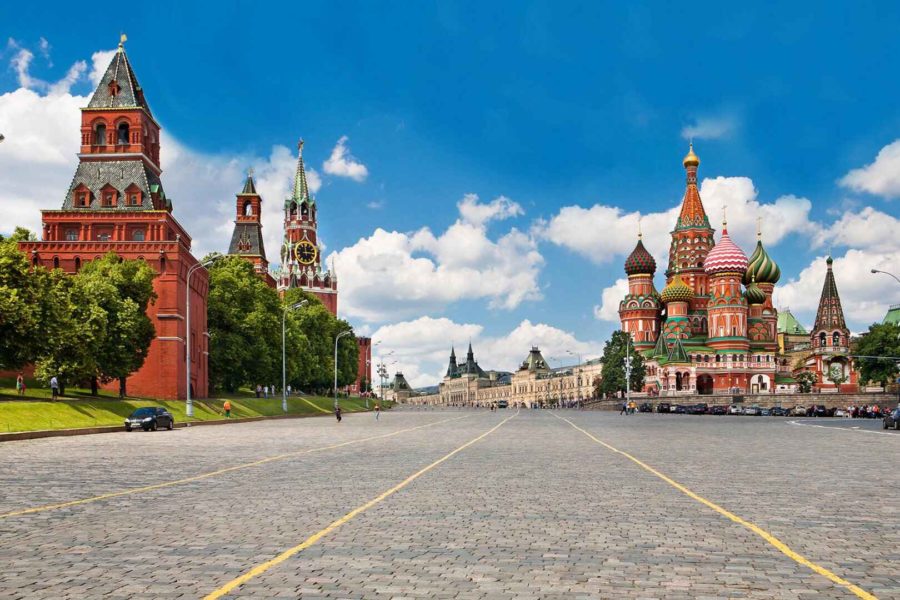
Moscow’s Red Square and towering Kremlin aren’t just visually jaw-dropping, they’re also inextricably linked to all the most important historical events in Russia since the 13th Century. The Kremlin represents the meteoric rise and downfall of the Tsars, the heartland of the Soviets and the political pre-eminence of modern-day Russia.
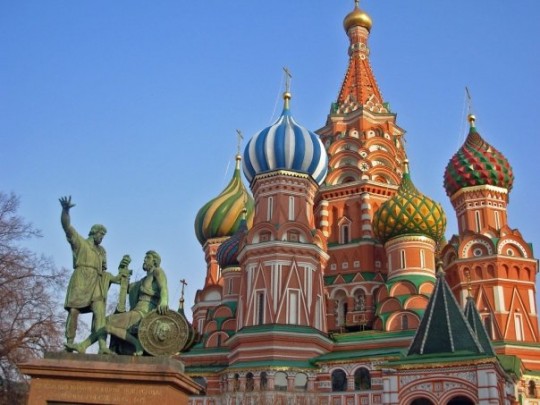
The Red Square also houses St Basil’s Basilica, one of the world’s most recognisable and dazzling religious monuments.
2. Novodevichy Convent
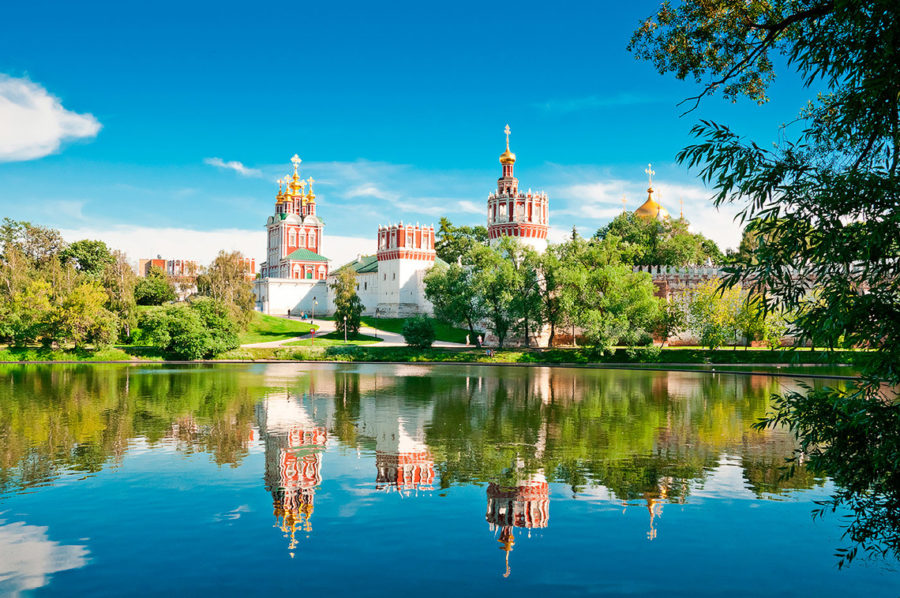
Built in the 16th and 17th centuries in the so-called Moscow Baroque style, Novodevichy is part of a chain of monastic ensembles that were cleverly integrated into the defence system of the city. The convent was used by the women of the Tsar’s family and many of the best-known aristocrats are buried in its cemetery. According to UNESCO, the convent is an example of the highest accomplishments of Russian architecture, with lavishly decorated interiors and an important collection of art and artefacts.
3. Church of the Ascension in Kolomenskoye
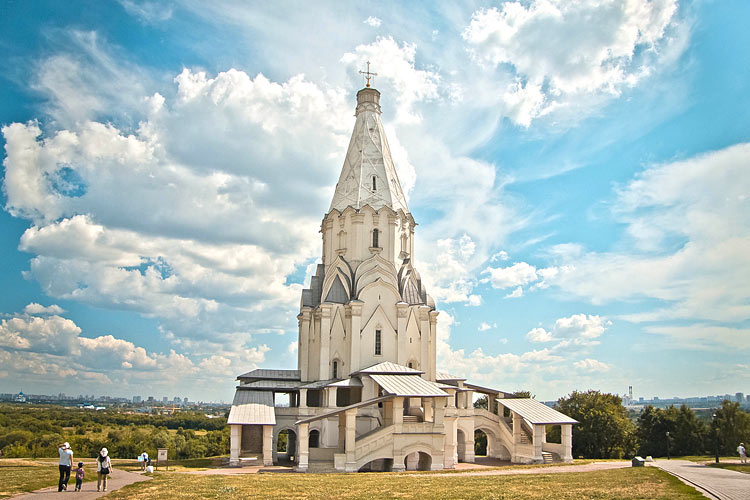
Built in 1,529 it became one of the first churches in Moscow to break from the Byzantine Tradition, with its dazzling white tent-like column. Built to celebrate the birth of Tsar Ivan IV (later, ‘Ivan the Terrible’), it was a huge influence on later Russian architecture. The church is set on a stunningly scenic 390-hectare of the Kolomenskoye estate overlooking the banks of the Moskva River, about 12km from Moscow’s centre.
4. Trinity Sergius Lavra
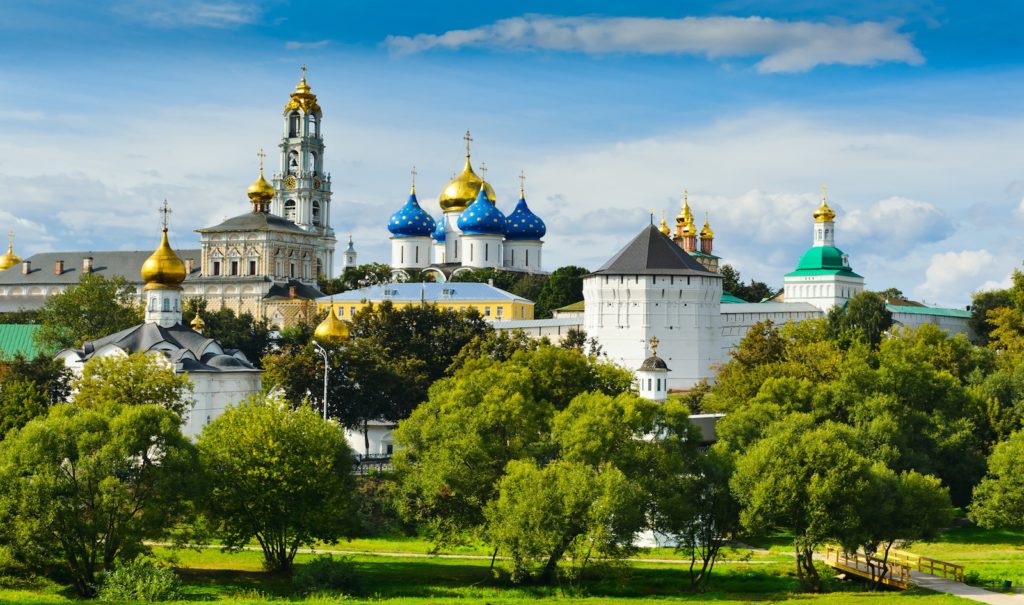
A fantasy city made real, with the blue and gold domes of its churches dominating the skyline of this delightfully miniature 15th century town Sergiyev Posad is home to another World Heritage site commonly visited on the Golden Ring circuit, the Trinity Lavra of St Sergius. This working monastery is one of Russia’s most important spiritual centres, and currently houses about 300 monks in a complex of beautiful Baroque style buildings.
5. The historic centre of St Petersburg
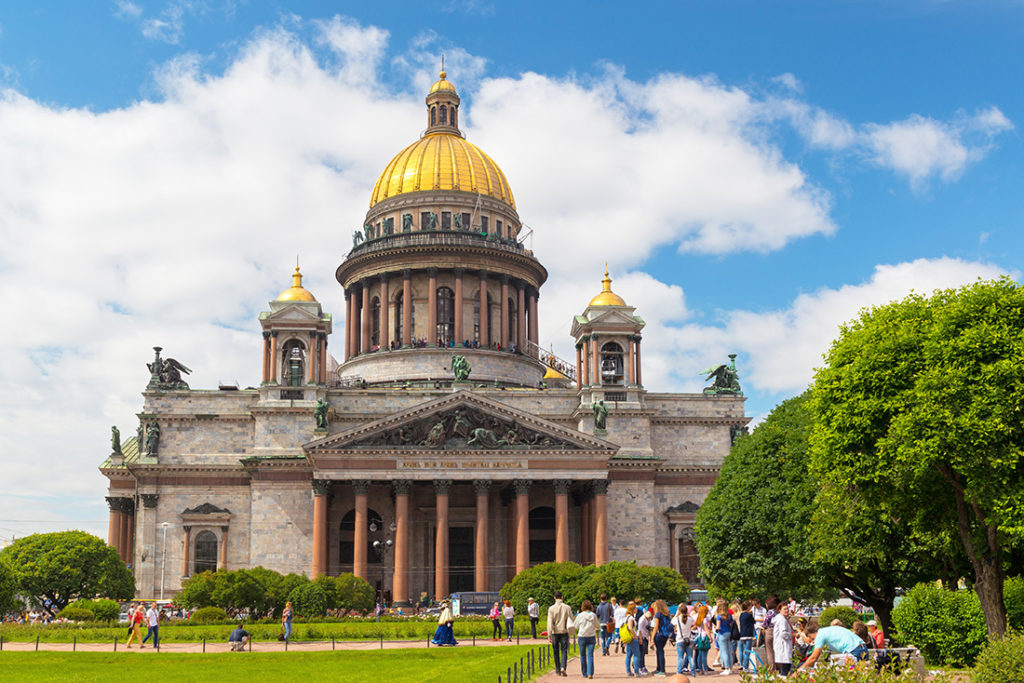
The Historic Centre of St Petersburg, as well as the buildings and ensembles located in the immediate vicinity, were designated as a World Heritage site in 1991. Begun as a vast urban project under Peter the Great in 1703, later, the city known as Leningrad in the former USSR became closely associated with the October Revolution. The city centre is unique for its mix of extremely varied baroque and pure neoclassical styles, the most famous being the Admiralty, the Winter Palace, the Marble Palace and the Hermitage.
6. Kizhi Pogost
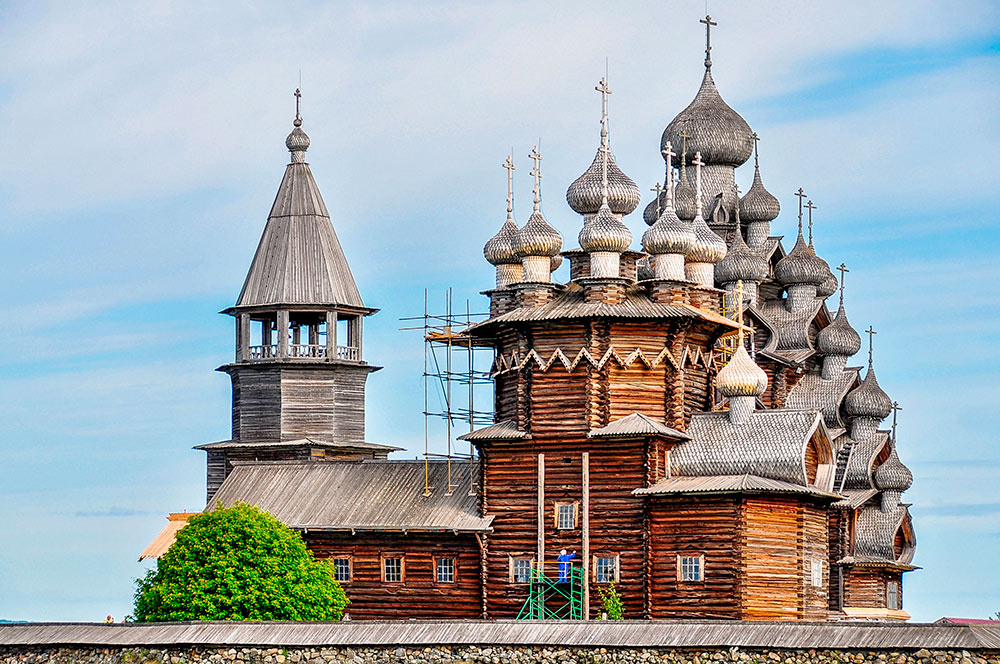
Not as well-known as its big-city counterparts, Kizhi Pogost is a 17th-century site located on Kizhi Island in the Republic of Karelia. The ‘pogost’ is an area including two wooden churches, the 22-dome Transfiguration Church and the 9-dome Intercession Church, along with an octagonal bell tower. Despite being built exclusively out of wood, the churches are still standing after 150 years. The site’s natural setting on Lake Onega is also astoundingly beautiful.
7. Kazan Kremlin
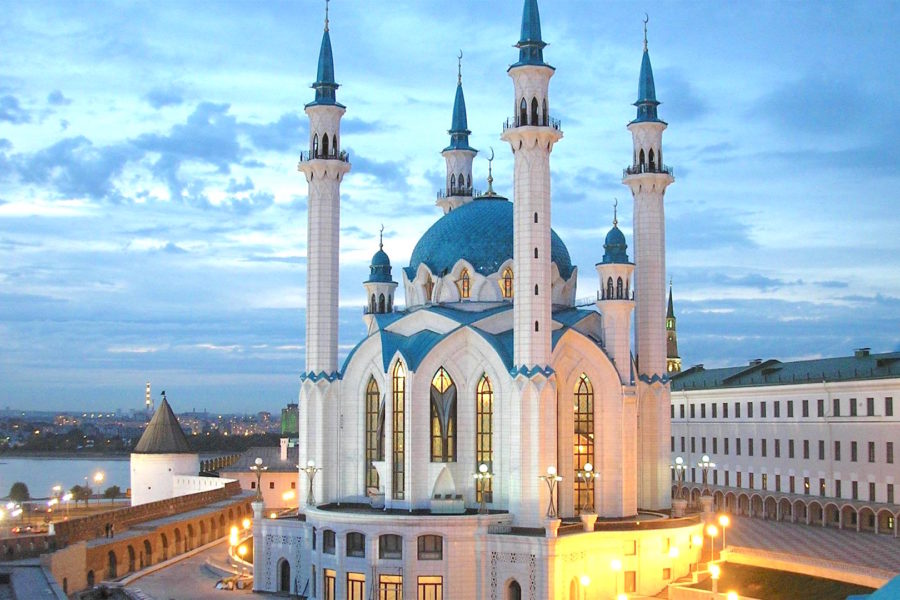
The Kazan Kremlin is a collection of buildings from the 10th to the 16th centuries that make up the chief citadel of Tatarstan Republic. The Tatars are a Muslim Turkic people and one of the largest ethnic groups in Russia. Kazan was conquered in the name of Christianity by Ivan the Terrible in 1552. Although it bears little resemblance to the original citadel, The Tatar fortress is still a place of pilgrimage, and the world’s only centre of Tatar National Culture.
8. Lake Baikal
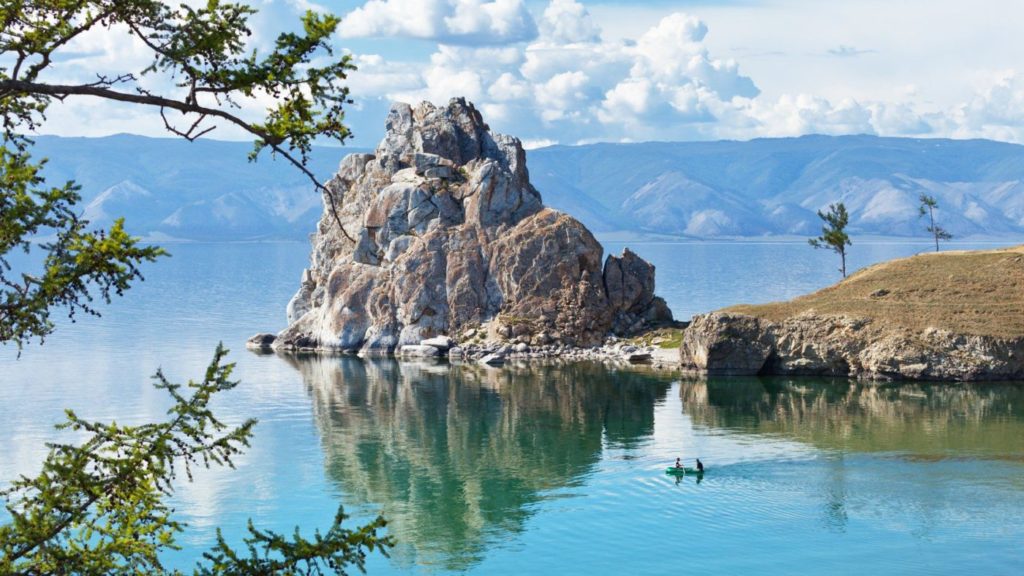
Located in the Eastern Siberia close to the Mongolian border, within the Irkutsk Oblast (Western shore) and Buryatia (Eastern Shore), the glimmering blue pearl of Russia, Lake Baikal, is rightfully upheld as Siberia’s most famous attraction. Read on as this Lake Baikal travel guide will take you on an adventure you might just make a reality some day.
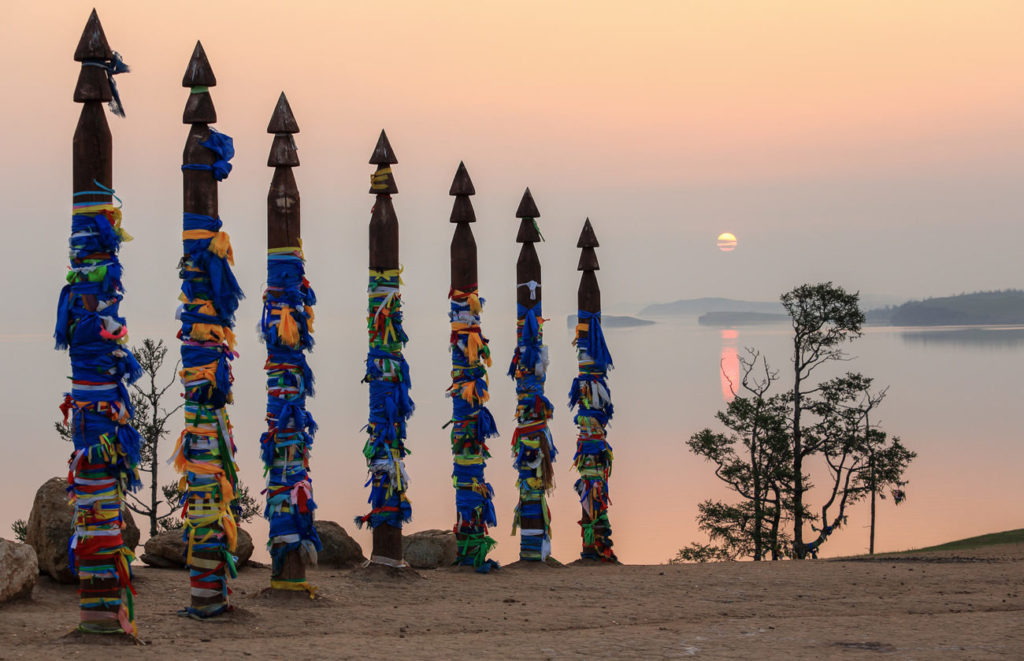
Ever dreamt of walking on water? An adventure to Lake Baikal will elevate you to the crystal-clear surface of the world’s oldest and deepest lake. This enchanting blue pearl of Russia is surrounded by natural wonders that will surpass your wildest imagination.
9. Bolgar Complex
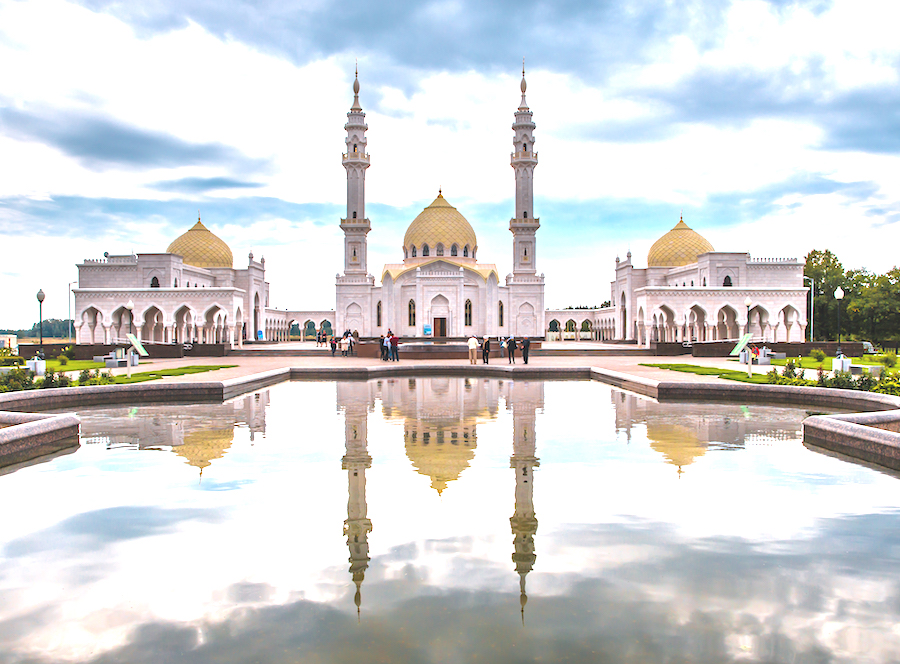
The Bolghar Architectural and Archaeological Complex is considered of great historical importance as the site of the medieval city of Bolgar from the 7th and 15th centuries AD. Some structures remain, including a moat, wall and several religious and civil structures. It’s believed Bolgar played a pivotal role in the formation of civilizations and cultures, set at the crossroads of trade, economic, cultural and political exchange between Europe, Asia and the Middle East.
10. Volcanoes of Kamchatka (Russian Far East)
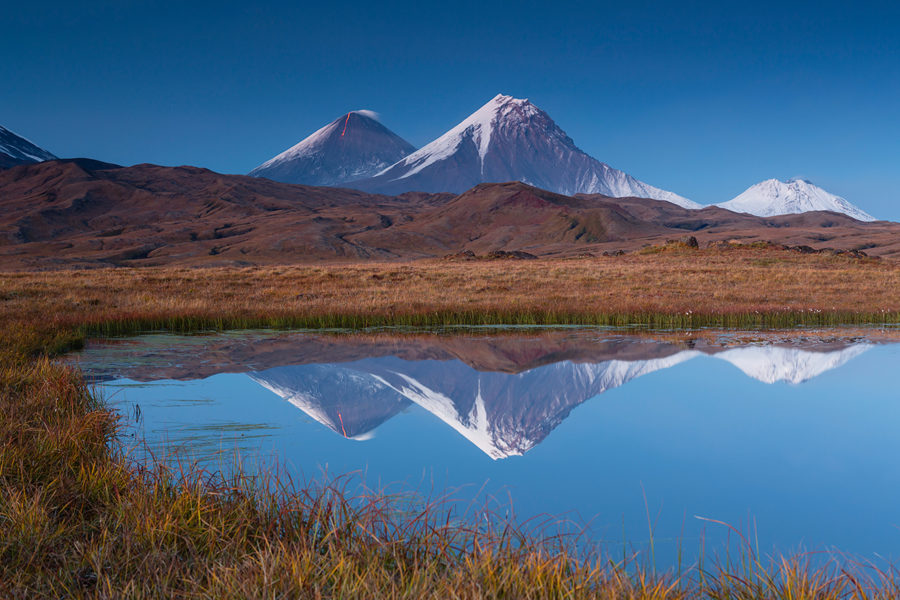
The ancient volcanic and glacial activity has carved Kamchatka into a bizarrely beautiful landscape of fire and ice. Six of Kamchatka’s volcanic sites (out of some 300) have been designated World Heritage areas as they highlight the majority of the peninsula’s volcanic features. Kamchatka is considered a world-class region for species diversity, home to highest concentrations of brown bears, sea otters and Steller’s sea eagles.
